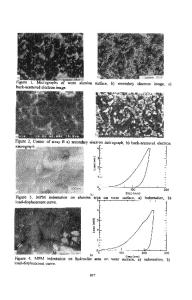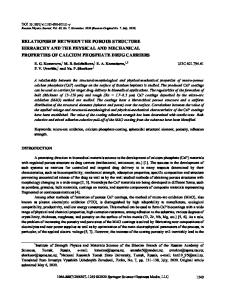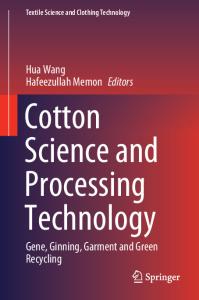Influence of Alumina Nanoparticles on the Structure and Physical and Mechanical Properties of Pure Aluminum
- PDF / 220,650 Bytes
- 3 Pages / 595 x 794 pts Page_size
- 40 Downloads / 410 Views
INFLUENCE OF ALUMINA NANOPARTICLES ON THE STRUCTURE AND PHYSICAL AND MECHANICAL PROPERTIES OF PURE ALUMINUM A. A. Kozulin, I. A. Zhukov, A. P. Khrustalev, N. I. Kahidze, V. D. Valikhov, D. B. Dautbaeva, and A. B. Vorozhtsov
UDC 539.5
Keywords: aluminum, nanoparticles, microstructure, mechanical properties, electrical conductivity.
Aluminum alloys intended for electrotechnical applications should have high electrical conductivity and strength [1]. To increase the physical and mechanical properties of the aluminum alloys, they are subjected to dispersion hardening and deformation processing after which their hardness, yield stress, and ultimate tensile strength increase and their plasticity changes. The reinforcement of the aluminum alloys with nonmetallic particles has a number of advantages such as low cost, high corrosion resistance, good casting properties, etc. [2, 3]. The main purpose of the present research is to study the influence of deformation processing on the mechanical properties and electrical conductivity of technically pure aluminum strengthened with aluminum oxide nanoparticles. The microstructure of all cast coarse-grained (CG) aluminum alloys А0 subject simultaneously to ultrasonic treatment [2] was investigated by the method of optical microscopy using an Olympus GX 71 microscope. The alloys had the dendrite structure with an average cell size of 50 m. The dendrite cells formed large grains (Fig. 1b) with average sizes up to 200 m in the initial alloy А0 and 130 m in the aluminum alloy reinforced with aluminum oxide particles (~98 nm) with weight fraction of 0.1% (А0 + Al2O3 0.1 wt%). The effect of a decrease in the average grain size after incorporation of particles is caused by the fact that the melt-particle system is in the weakly stable state therefore, any thermal action of particles-inoculators caused changes in the aggregate state of the melt on their surface. As a result, the matrix started to crystallize, and the smaller the dimensions of a nucleation center, the smaller the formed grain. Investigation of the deformed alloys using a Tescan Vega II LMU electron scanning microscope showed that after four passes of equal-channel angular pressing (ECAP) [4], the dendrite structure of cast aluminum alloys was transformed into the newly formed clearly expressed fine-grained (FG) structure with average grain size of 3–5 m. The micrograph of the microstructure of the deformed alloy А0 + Al2O3 0.1 wt% is shown in Fig. 1c. Along with grain clusters of submicron sizes, large grains with sizes up to 10 m elongated mainly along the direction of shear strain at an angle to the main billet axis. The direction of shear strain at ECAP is indicated by the white arrow in Fig. 1c. Figure 1а shows representative experimental curves in the engineering stress-strain coordinates obtained using a universal Instron 3362 testing machine with a strain rate of 0.001 s–1 subjected to uniaxial tension of flat microspecimens of cast alloys А0 + Al2O3 0.1 wt% after two and four passes of ECAP. Similar pattern o
Data Loading...









